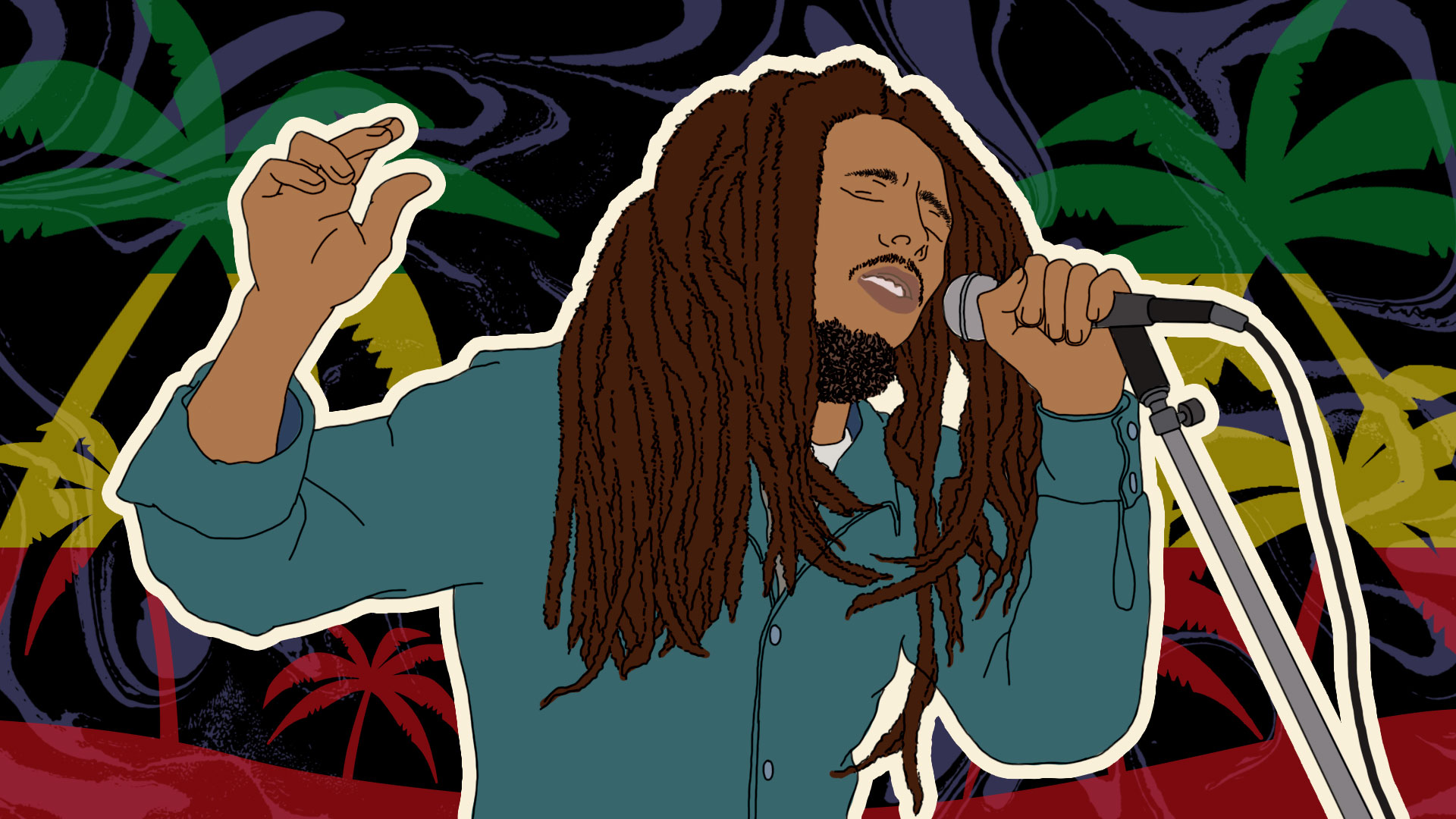With its entrancing beats and profound lyrics, reggae music has transcended borders and captivated audiences worldwide. The recognizable instrumentation and rhythmic patterns make you feel like you’re walking on the beach in a nice, tropical environment. Artists like Bunny Wailer, Bob Marley, Lee Perry, and many more gave us beautiful reggae music, which is now enjoyed by countless individuals across multiple generations for various reasons. How does a small island nation in the middle of the Caribbean create something so popular that reaches all continents?
Origins and Early Influences
Reggae originated in Jamaica during the late 1960s. Just like many other genres, it did not appear out of thin air. Reggae came from a mix of genres that dominated the area well before its arrival. Just like hip-hop was brought up with mixes of jazz, R&B, rock, and other styles, the Jamaican staple was influenced by its predecessors, namely calypso, mento, ska, and rocksteady music. Of course, those aren’t the only genres to pave the way for reggae. American jazz, rhythm and blues, as well as African and Caribbean music are other well-known roots of this genre.
Ska and rocksteady, two distinct musical genres that originated in Jamaica during the late 1950s and 1960s, laid the groundwork for the eventual rise of reggae. Ska, characterized by its offbeat rhythms, upbeat tempo, and prominent horn sections, gained popularity as a fusion of traditional Jamaican mento and calypso with American R&B.
This high-spirited sound, with its infectious energy, provided a vibrant backdrop for the social and cultural changes sweeping the island. As the 1960s progressed, the pace of the music began to slow down and step out of the spotlight, giving birth to rocksteady, which maintained the rhythmic appeal of ska while introducing a smoother, more soulful groove. The emergence of rocksteady marked a significant shift, highlighting more emotive lyrical content that often addressed themes of love, heartbreak, and social consciousness.
Musicality of Reggae
This genre is best known for its distinctive offbeat guitar strums, piano chords, and hi-hats, all while having the bass drum hit beats 2 and 4 in a bar, while the bass plays between those elements. It is most frequently characterized by off-beat rhythms, accentuated bass lines, and syncopated chords. While its heartbeat is often marked by the prominent use of instruments such as the bass guitar, drums, and rhythmic guitar strumming, the sonic effects used on those instruments make it distinctive as well. The use of triplet delay on chord stabs and drums, the spring reverb, distortion, the wah effect, and phasers are what make reggae and its subgenres so unique. All of these examples can be heard in the song “Disco Devil” by Lee “Scratch” Perry.
The melodic inclusion of piano, saxophone, and trumpet adds layers of depth, infusing the music with a rich tapestry of soulful tones. The echoing reverberations of the drums, the pulsating bass lines, and the expressive use of guitar create a dynamic, infectious energy that distinguishes reggae from other genres. Moreover, its incorporation of syncopated rhythms and socially conscious lyrics championing themes of love, peace, and social justice set reggae apart, making it not just a genre of music, but a powerful cultural movement.
Pioneers
Like many musical styles, reggae has had its share of trailblazers and pioneers who put the music on the map and made it beloved across the world. Among these trailblazers, Bob Marley stands as an icon, his smooth voice and poignant lyrics capturing the essence of struggle and hope in songs like “No Woman, No Cry“, “Buffalo Soldier”, and “Redemption Song.” Alongside Marley, The Wailers, including Peter Tosh and Bunny Wailer, brought a unique blend of Rastafarian spirituality and infectious rhythms to the world stage, cementing reggae’s place as a global phenomenon.
Marley’s influence on the global music scene was instrumental in popularizing reggae music, a genre deeply rooted in the cultural and social fabric of Jamaica. With his band, The Wailers, Marley combined elements of ska, rocksteady, and rhythm and blues to create a unique and infectious sound that transcended boundaries.
His messages of peace, unity, and empowerment resonated deeply with the Jamaican people, particularly during a time of intense political turmoil in the 1970s. He used his platform to advocate for political change and social equality, encouraging the populace to embrace a vision of a more just and equitable society.
Other pioneers include the legendary ska musician Prince Buster, and the influential producer and record label owner Clement “Coxsone” Dodd, who both played pivotal roles in laying the foundation for what would become the reggae movement. Their innovative blend of Caribbean rhythms, African musical traditions, and American influences set the stage for the emergence of a new musical form that would soon resonate with audiences far beyond the shores of Jamaica.
Religion and Beliefs
While reggae was an emerging music genre, a new religion and belief system was evolving alongside it. Rastafarianism is one of the world’s newest religions. This religion and reggae music share a profound and intricate connection that transcends artistic expression. Emerging in Jamaica during the late 1930s, Rastafari, a religious and social movement, served as a root for the development of reggae music. The spiritual ethos of Rastafari, with its emphasis on social justice, equality, and the celebration of African heritage, profoundly influenced the lyrical themes and musical rhythms of reggae.
Beyond its enchanting melodies, reggae’s lyrical content often addresses themes of social justice, love, and spirituality, fostering a sense of unity and empowerment among its audiences. Its infectious, uplifting sound serves as a timeless vehicle for spreading messages of peace, love, and unity, making reggae not just a genre, but a thought-provoking musical entity with an enduring legacy.
It was a movement as well as a source of joy. The tropical vibes and lifestyle of reggae has traveled across the world many times over to give every continent a little dose of this special music.
– Final Notes –
Reggae’s message of love, unity, and resilience has sparked movements for social change and cultural awareness worldwide. From the Rastafarian emphasis on spiritual enlightenment and social justice to the global advocacy for peace and equality, reggae has served as a unifying force, fostering a sense of solidarity among diverse communities and inspiring individuals to stand up for their rights and beliefs.
The history of reggae is a testament to the power of music to transcend cultural boundaries and ignite meaningful conversations about the pressing issues of our time. As it continues to evolve and adapt to the changing musical landscape, reggae remains a testament to the resilience of the human spirit and a beacon of hope for a more harmonious and equitable world.
Written by Liam Clarke
Illustration by Yihong Guo





















